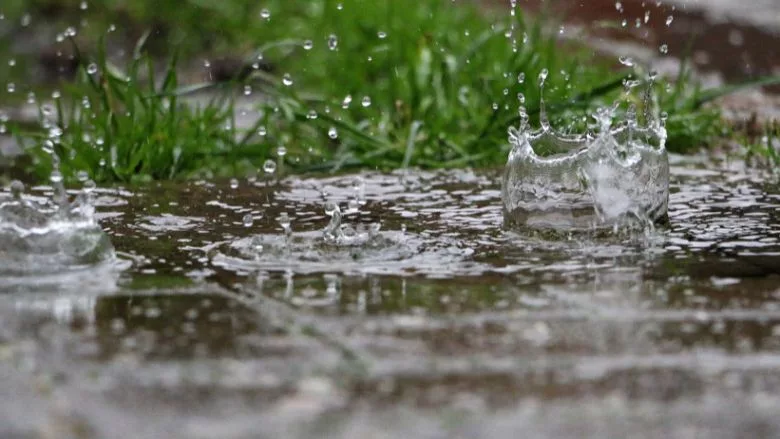Spring Showers Bring a Surge in Water Damage Claims
Here’s how property restoration professionals can stay ahead of the storm

Credit: BiancaGrueneberg / iStock / Getty Images Plus
For professionals in the property damage industry, the old saying rings true: when it rains, it pours. Spring’s rainy season tends to bring a major increase in water damage claims, as heavy rains and rising humidity increase the risk of flooding, leaks and moisture intrusion.
Property restoration professionals should be well-prepared for a surge in water damage cases and that means knowing how to assess and mitigate structural damage, how to advise and educate homeowners and how to streamline the insurance claims process.
Identifying common spring-related water damage issues
As property restoration professionals gear up for the seasonal surge, it can be helpful simply naming some of the most common forms that spring-related water damage can take. Some specific issues that many homeowners experience and property restoration professionals should be alert for include:
- Negative grading: When the landscape surrounding the home is sloped toward the building, it directs rain runoff and other water sources toward the foundation. This is a very common issue that may result in basement flooding, cracks in the foundation and mold and mildew formation.
- Flooding in basements and crawlspaces: Often resulting from significant rainfall or snowmelt that overwhelms drainage systems.
- Roof leaks: Resulting from spring storms or from weakened infrastructure following winter’s heavy snow and ice.
- Sprinkler leaks: When spring arrives, homeowners may notice winter-related damages to their sprinkler systems if they weren’t properly winterized. This issue can lead to sprinkler leaks, which may cause significant damage if they occur near a home’s foundation.
- Clogged gutters: Debris buildup, including twigs and storm residue, can cause runoff that damages a home’s foundation and allows moisture to seep inside.
Any of these issues can contribute to mold and mildew, all while compromising the home’s structural integrity. These are precisely the kinds of problems property restoration professionals should be most mindful of.
Assessing and mitigating the damage from flooding and leaks
When left unaddressed, flooding and leak damage can worsen, threatening a home’s stability. As such, it’s important for property restoration professionals to move fast in appraising the damage and mitigating the effects.
An initial assessment should include a thorough inspection of all areas that could be affected by spring-related water damage—among them the foundation, walls and floors of the home. It’s also important to check for rot and rust along any support beams. Meanwhile, if doors or windows are difficult to open or close, this may indicate subtle shifting caused by water damage.
One of the most important things to check for during the initial assessment is the slope of the landscape surrounding the home. It’s ideal for the home to have a positive grade, meaning any water flow is directed away from the property rather than flowing toward it.
If there is a negative grade, the best resolution is often to add soil that directs the water away from the home. Additional drainage solutions, such as extended gutters and French drains, may also be considered.
Speaking of gutters, ensuring their cleanliness is another critical way that homeowners can avert runoff damaging their foundation; this may be a recommendation that restoration professionals can make while they are on the jobsite.
Keeping tree branches properly pruned and away from the roof and gutters is critical for minimizing the risk of serious damage, particularly at the peak of storm season.
There are other steps to mitigate water damage and to help prevent conditions from worsening. First and foremost, it’s important to verify that the source of the water damage has been addressed, which might mean repairing leaks or ensuring robust drainage solutions. Humidifiers, fans and pumps can be used to dry out flooded or waterlogged areas and affected areas should be cleaned and disinfected to help prevent the spread of mold and mildew. Having a reliable backup system for the sump pump is also recommended, ensuring safety measures even during a power outage.
When moisture has entered through cracks or fissures, it’s important to apply waterproof sealants. Meanwhile, any damaged materials—whether flooring, insulation or drywall—must be replaced.
Advocating for homeowners
For property restoration professionals, the task at hand isn’t simply to identify and address water damage, but to advise and encourage homeowners through what’s sure to be a stressful season.
One way to do so is to recommend simple measures to help prevent future issues. For example, by providing information about smart leak detection technology, property restoration professionals can position themselves as trusted advocates.
Similarly, property restoration professionals can advise homeowners on additional precautions to help prevent seasonal water damage. These may range from simple yet effective practices, such as keeping tree limbs and branches trimmed back from their house and roof to more involved measures like ensuring a reliable back-up system is in place for their sump pump in case of a power outage or primary pump failure.
Property restoration professionals can help homeowners navigate the claims process, too, communicating directly with adjusters to ensure accurate estimates and fair coverage. Homeowners will feel considerably less stressed—and better cared-for—when they know they have a real expert in their corner, advocating for a prompt and generous resolution to their claim.
Preparing for spring and the attending property damage claims
Water damage can happen at any time, but there’s no denying an uptick in claims during the spring—making it imperative for property restoration teams to be fully prepared for a busy season.
Looking for a reprint of this article?
From high-res PDFs to custom plaques, order your copy today!








